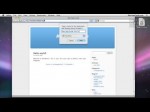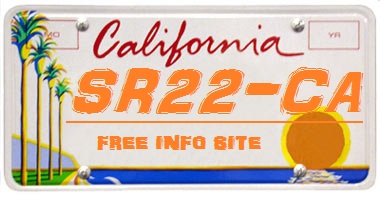
Learn how to install MAMP for Mac OS X; a freeware web server environment that includes PHP, Apache, and MySQL. We’ll also show you how to install WordPress locally on your machine, and teach about symbolic links. (They are the UNIX equivalent of aliases). NEED TO TROUBLESHOOT? Having Problems? Getting errors? Visit macappguide.com for a great troubleshooting video & installation tips! Mac App Guide is a weekly video podcast. Visit macappguide.com for more information, show notes, and to subscribe for free! MAMP www.mamp.info WordPress: wordpress.org Viewer Survey: macappguide.com Episode #22 for July 22, 2009 Mac App Guide is produced by Market Vision Media and distributed by Orange Media Network. marketvisionmedia.com http Thanks For Watching!




